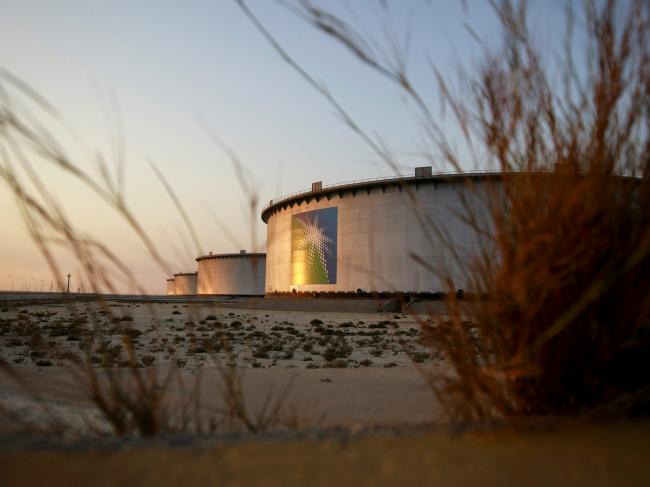(Bloomberg) -- After managing to revive oil prices through production cutbacks, OPEC now risks squandering its victory again by letting crude surge too high.
In the first quarter, coordinated production curbs by the Organization of Petroleum Exporting Countries and its allies helped oil rally the most in almost a decade, restoring prices to over $70 a barrel.
Saudi Arabia, the group’s most powerful member, has made clear that it’s determined to keep supplies tight. That risks a repeat of 2018, when production cuts propelled oil to a four-year high, provoking a backlash from President Donald Trump and a hasty reversal by the kingdom.
“It appears that the producer group is over-tightening the market,” said Ed Morse, head of commodities research at Citigroup Inc (NYSE:C). in New York.
OPEC and its partners launched a new round of output cuts at the beginning of the year when it looked like booming U.S. shale-oil production and fragile global demand growth would lead to a supply surplus. But as the group implements the curbs, and as supplies are squeezed further by crises in Venezuela and Iran, there’s now a greater risk of a shortage.
Supply Contraction
If the group continues with its cutbacks, global oil inventories will contract by almost 1 million barrels a day in the third quarter, the steepest drop in nearly two years, data from the organization shows. However, the group won’t make a decision whether to extend until it meets in late June.
The strain on markets could go even deeper. A conflict is flaring in Libya, output is plunging in Venezuela because of a spiraling economic crisis, and the U.S. will soon decide whether to tighten sanctions on Iran’s oil exports.
“OPEC is one major shutdown -- Libya, say -- from a very damaging price surge that throws all the plans out the window,” said Derek Brower, a director at consultant RS Energy Group.
That could easily send crude prices to levels that prompt disapproval from the White House, the Saudis’ most important political ally.
“There’s no doubt that in a scenario where Brent crude heads to $80, President Trump will voice his concern,” said Harry Tchilinguirian, head of commodity markets strategy at BNP Paribas (PA:BNPP) SA.
Pursuing higher prices also risks straining the Saudis’ critical alliance with Russia, which is co-operating with OPEC in the pact to curtail supply. President Vladimir Putin said last week that he’s comfortable with current price levels, and that it’s too soon to decide whether output needs to be restrained in the second half.
To avoid a repeat of last year, Saudi Arabia could increase production slightly, stopping a surge in prices. The kingdom is cutting output by considerably more than required under the OPEC accord, and so it could raise supplies without breaching the pact.
The Search For Balance
On April 8, less than two weeks after President Trump urged OPEC to increase production, Saudi Energy Minister Khalid Al-Falih said that his priority of “bringing back inventories to a reasonable level remains unchanged.”
Saudi Arabia faces powerful domestic pressures to press on with the policy, from Crown Prince Mohammad Bin Salman’s plans for radical economic transformation to a government budget that hinges on oil prices of $80 a barrel.
A year ago, Riyadh’s decision to let prices approach that level back-fired.
In April 2018, when oil was trading at about $70, the Saudis signaled at an OPEC gathering in Jeddah they were comfortable allowing crude to climb even higher. Their stance provoked a furious response from President Trump, and though Riyadh initially brushed off his concerns, within two months they bowed to his wishes and raised production.
The kingdom subsequently bolstered output to record levels, flooding the market and sending prices crashing below $50 a barrel. The move was strongly influenced by U.S. promises to choke off Iranian shipments using sanctions, a pledge the Trump administration reneged on at the last minute.
This time, the Saudis are probably holding off on any action while they await a U.S. decision early next month on how to proceed with sanctions on Iran’s exports, Tchilinguirian said.
Regardless of Trump’s decision on Iran, with inventories set to shrink and supply losses looming elsewhere, the Saudis could face the same boom-and-bust outcome seen last year.
“OPEC has been very good lately at getting the market moving in the direction it wants, but less good at steering the market once it nears the destination,” said Brower. “It’s never really understood when to call time on a rally for its own good.”
